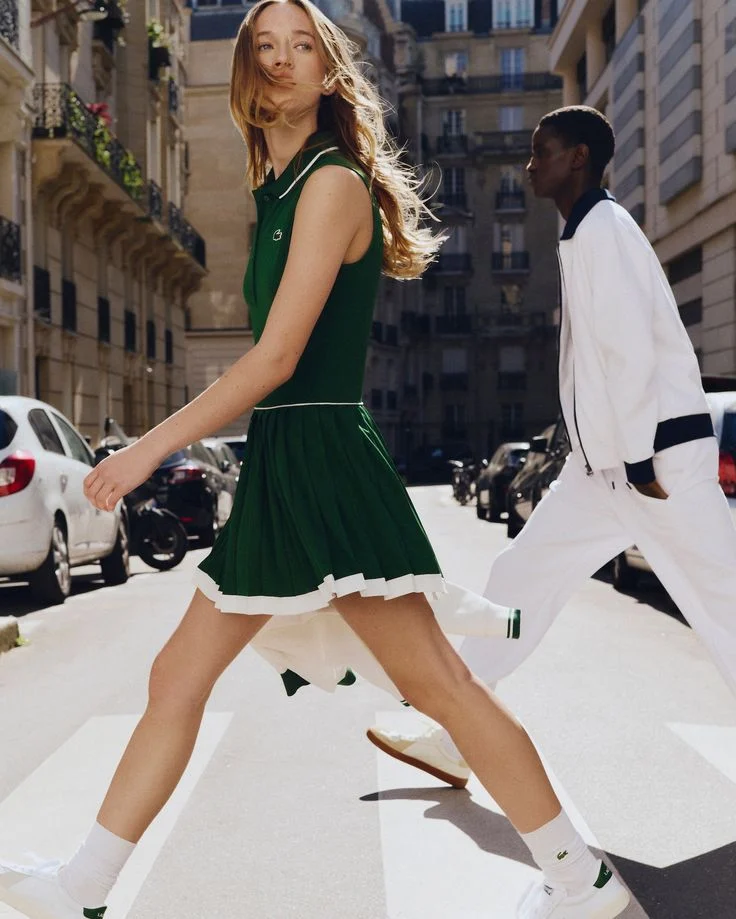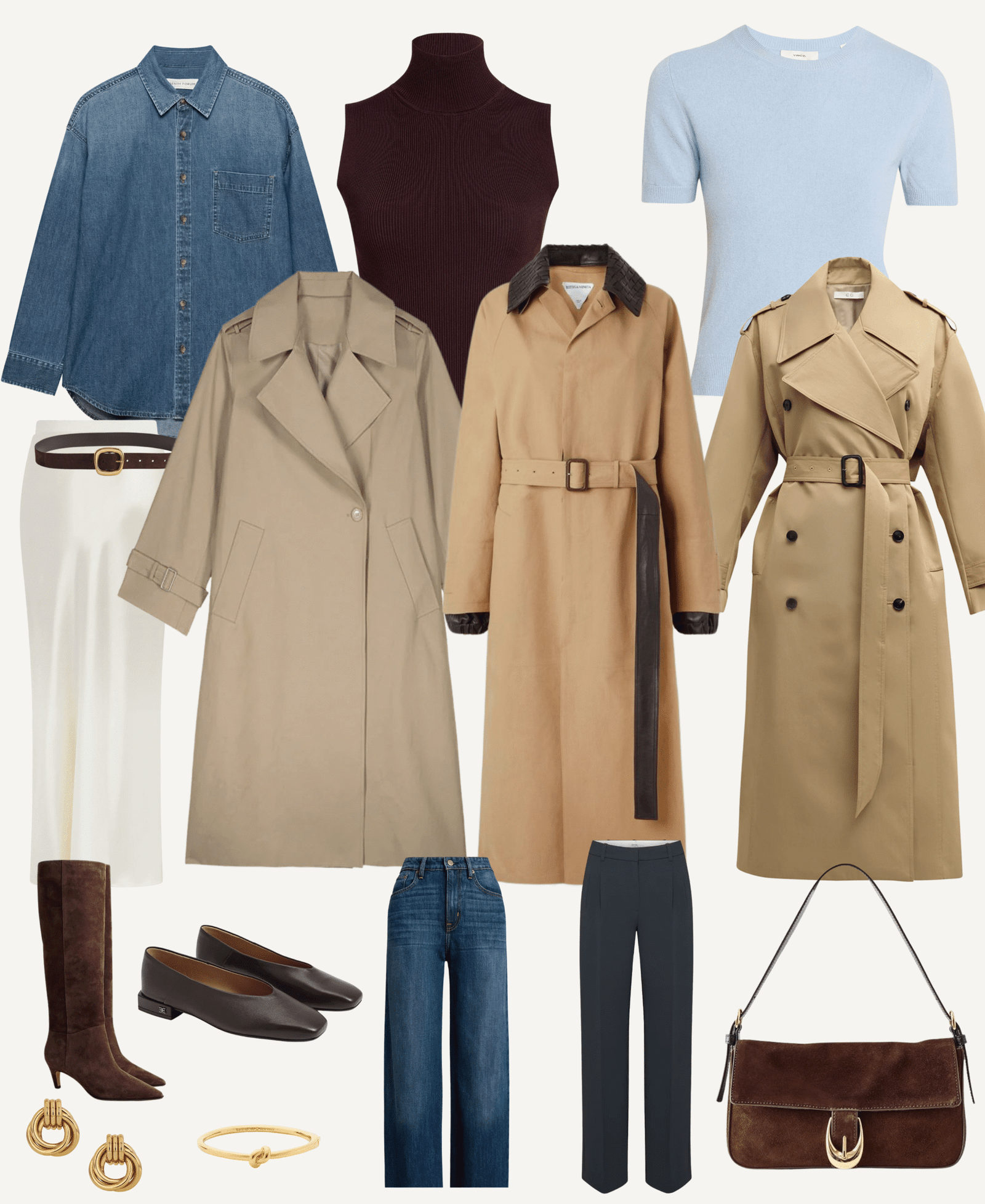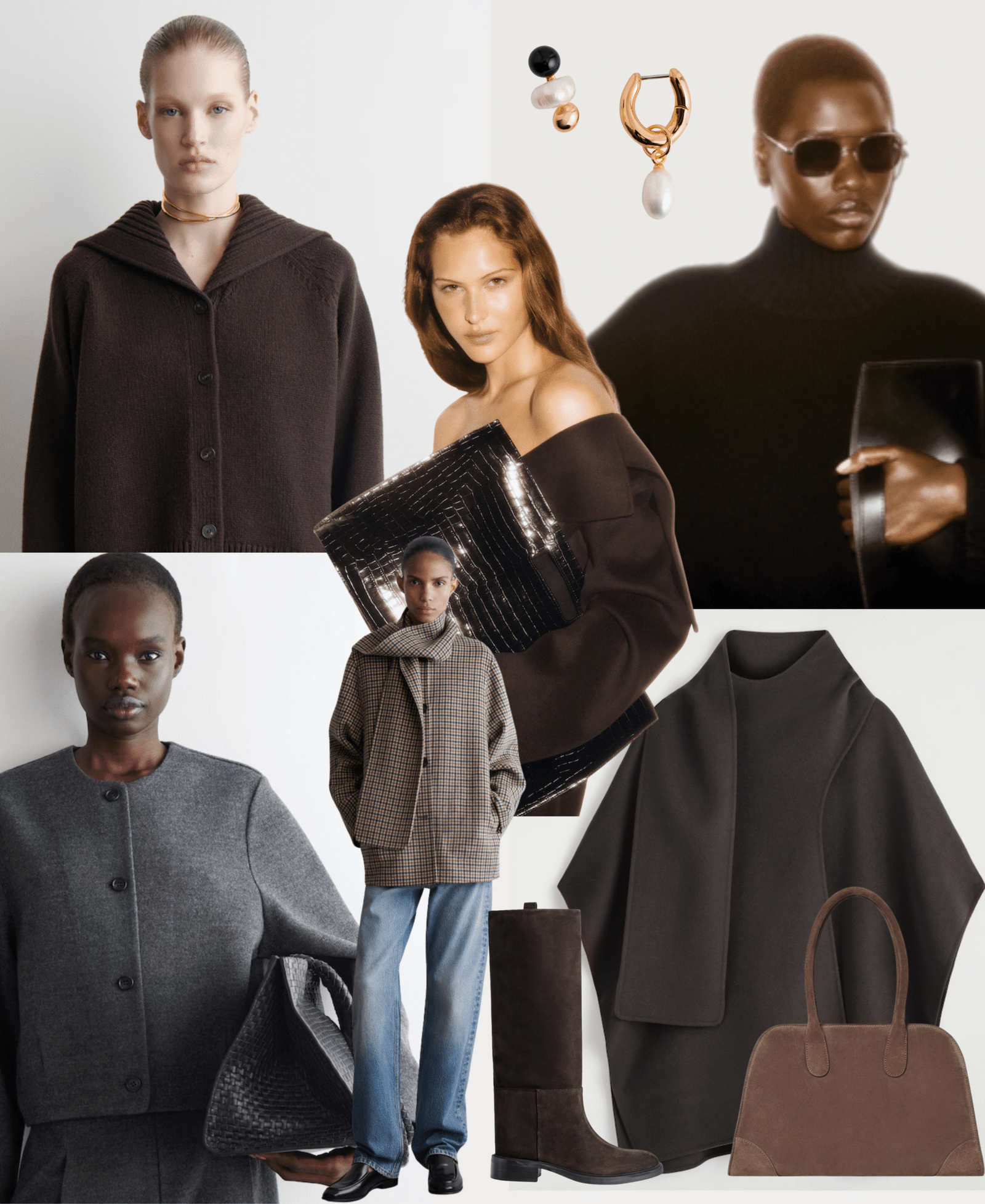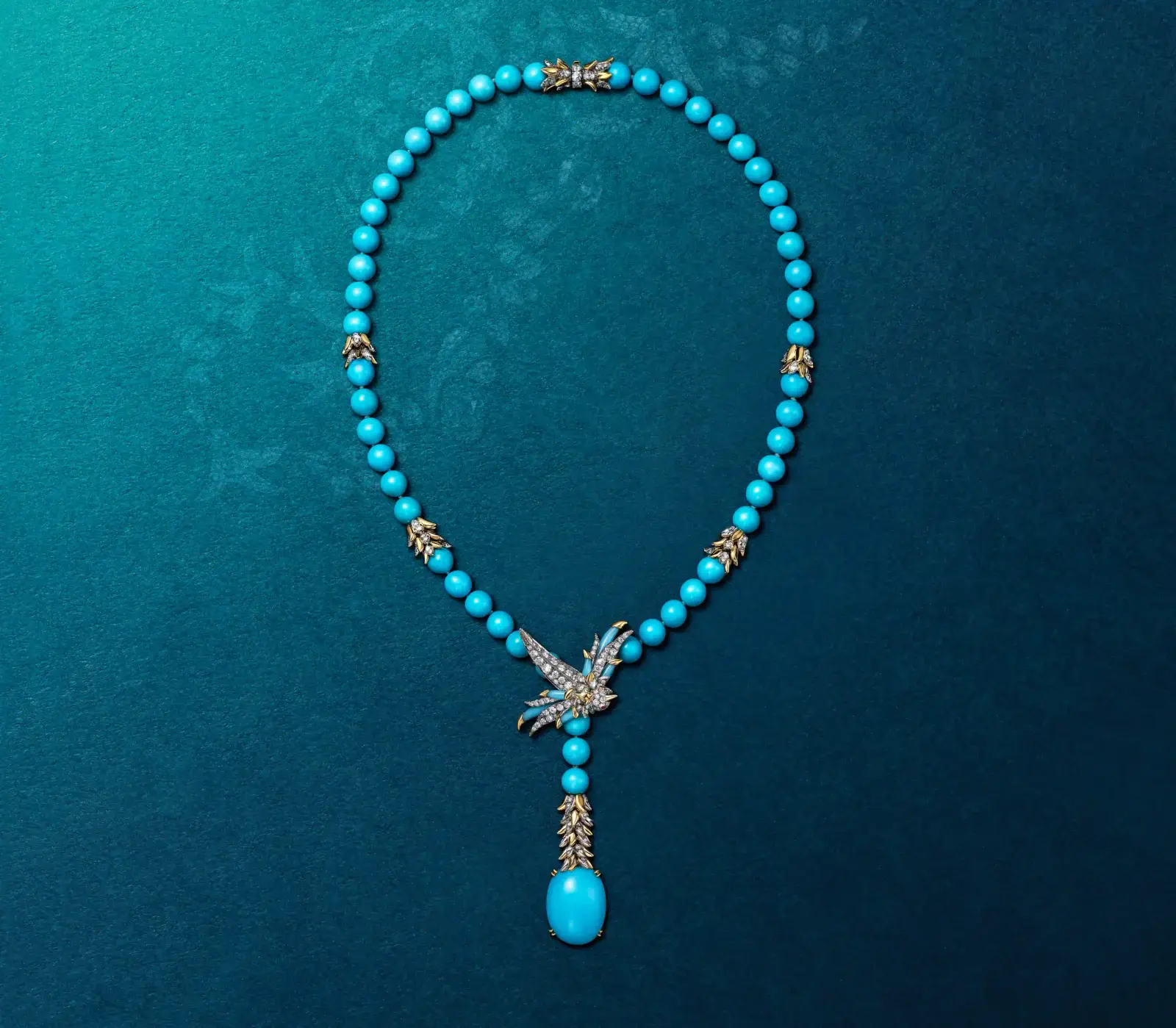A Sport Turned Style Religion
Every August, as the heat of summer lingers and New York buzzes with anticipation, the US Open arrives—not just as a tennis tournament, but as a cultural event. Celebrities gather in Arthur Ashe Stadium suites, street style photographers hover outside the gates, and suddenly, pleated skirts, polo shirts, and cable-knit sweaters seem as relevant to the fashion cycle as Paris runways. Tennis, once the private pastime of aristocrats and country club elites, has evolved into an aspirational aesthetic—bridging sport, social status, and street style with effortless precision.
A Brief History: Tennis as High Society’s Game
The roots of tennis fashion trace back to the manicured lawns of 19th-century England. Played in white dresses and pressed blazers, tennis was not only a sport but a symbol of refinement. Wimbledon enshrined this with its enduring all-white dress code, a tradition that reinforced tennis as a spectacle of decorum and status. By the 1920s, Suzanne Lenglen dazzled in Jean Patou’s shortened skirts and sleeveless tops, defying convention while elevating athletic attire into the realm of couture.
In America, tennis carried the same aura of exclusivity. Country clubs became backdrops for introductions, matches doubled as social events, and fashion was the unspoken guest of honor. By the time the US Open cemented itself as one of the sport’s grand slams, tennis whites and collared polos had already entered the lexicon of “good taste.”
The US Open as Runway
Unlike Wimbledon’s restrained heritage or the French Open’s bohemian edge, the US Open has always felt distinctly metropolitan. Hosted in New York, it blends the sport’s elite pedigree with the energy of American fashion. The audience—an eclectic mix of athletes, Hollywood stars, and influencers—transforms Flushing Meadows into a runway of its own.
Think of Zendaya in Ralph Lauren suiting courtside, or Gigi Hadid pairing oversized blazers with aviators as she watches a match. Even Anna Wintour, ever the tennis devotee, has made the US Open her stage for Prada florals and Chanel tweeds. The effect is clear: at the US Open, spectators become style icons in their own right, turning the stands into extensions of the runway.
The Staples of Preppy Chic
Tennis’ contribution to preppy fashion is unmistakable. Pleated skirts, polos, cardigans draped over shoulders, and crisp sneakers—these elements migrated from the court into high society wardrobes long before “tenniscore” became a social media hashtag. Brands like Ralph Lauren, Lacoste, and Tory Burch have long capitalized on this aesthetic, offering collections that nod to both the tradition and ease of the sport.
Today, the revival feels both nostalgic and modern. A cropped cable-knit vest worn with wide-leg trousers; a pleated mini paired with chunky gold jewelry; a polo styled as a dress with ballet flats. The building blocks are classic, but the styling speaks to a contemporary yearning for elegance reinterpreted as lifestyle.
Social Media and the Aspiration of Tenniscore
If the US Open sparked tennis fashion’s return to relevance, Instagram and TikTok solidified it as lifestyle. Enter brands like Sporty & Rich, founded by Emily Oberg, which reimagines tennis aesthetics for a generation craving wellness and heritage in equal measure. With campaigns featuring models in retro-striped polos against clay courts or lounging poolside in terry sets, the brand sells more than clothes—it sells an aspiration: health, privilege, leisure, and a polished simplicity.
On social media, “tenniscore” has become shorthand for effortless chic. Influencers document brunches in white skirts, workouts in vintage-inspired polos, and vacations styled around country club aesthetics. The US Open itself feeds this momentum, with viral content of celebrities’ courtside looks becoming Pinterest moodboards and TikTok trend reports overnight.
What was once niche athletic attire has become an aspirational lifestyle aesthetic—a visual language of polish, exclusivity, and aspiration that resonates far beyond Flushing Meadows.
Celebrity Endorsements: Courtside Icons
The influence of celebrity cannot be underestimated in this shift. Serena and Venus Williams themselves redefined tennis fashion on the court, bringing bold colors, body-skimming silhouettes, and even diamonds into play. Their presence at the US Open is both athletic and aspirational, inspiring designers to view tennis as fertile ground for glamour.
Off the court, A-list attendees amplify the message. Zendaya’s courtside chic instantly becomes trend fodder; Kendall Jenner in minimalist whites reframes preppy for a younger audience. Even Roger Federer, in his role as Uniqlo ambassador, has elevated the polo shirt into a global style symbol, bridging sportswear and sophistication.
The result is a perfect storm: athletic icons embody the performance, celebrities embody the aspiration, and the audience—both live and digital—sees tennis fashion as cultural currency.
From Courts to Collections
Designers have long mined tennis for inspiration, but the trend has intensified as fashion embraces nostalgia. Miu Miu’s pleated micro-minis, Dior’s tennis-inspired skirts, and Ralph Lauren’s omnipresent polo all nod to court heritage. Even luxury houses like Gucci have folded tennis motifs into collections, with sneakers and retro knits designed for both city sidewalks and country clubs.
The US Open has thus become a barometer for what “preppy chic” means in a modern context. It’s not just about country clubs anymore—it’s about city streets, social feeds, and global fashion influence. The aesthetic feels elevated, but its codes are instantly recognizable, making it one of the most aspirational yet accessible style movements today.
Why Preppy Chic Endures
Part of tennis’ sartorial staying power lies in its duality. It is both sporty and polished, both casual and elite. It suggests leisure but demands discipline. In a world oversaturated with fast trends, tennis fashion offers something rare: timeless aspiration. The uniform of white, navy, and cream signals refinement without shouting. The pleats and polos suggest effortlessness, even when curated with precision.
The US Open, with its mix of old-world tradition and contemporary celebrity culture, embodies this balance perfectly. It reminds us that preppy chic is not about exclusion, but about elevation—an aesthetic that connects high society heritage with modern streetwear cool.
Glamour Beyond the Court
Ultimately, the rise of tennis fashion from courts to city streets reflects a larger cultural truth: glamour has migrated. Where once couture gowns defined aspiration, today it is the perfectly styled polo, the vintage-inspired pleat, the cardigan tossed over shoulders. Tennis fashion is no longer limited to the privileged few at Wimbledon or country clubs—it has become a global symbol of sophistication.
In this sense, the US Open has redefined preppy chic for a new generation. It has turned fans into runway stars, influencers into lifestyle aspirants, and designers into archivists of sport-as-fashion. The ritual of the match, the spectacle of the red carpet, the ease of athleisure—all converge in an aesthetic that continues to capture the imagination.
The Lasting Legacy
As the US Open grows into more than a sporting event, it proves that tennis is not just a game but a cultural phenomenon. From its aristocratic roots to its current role as a generator of global style trends, tennis has shaped how we understand sophistication. It is a reminder that fashion, when steeped in heritage and reinvented through modernity, becomes not just clothing but cultural identity.
And as fans step into Flushing Meadows this season—pleated skirts pressed, cable-knit vests draped, sneakers gleaming—they continue the ritual. Tennis fashion is no longer confined to the court. It belongs to the city, the runway, and the digital feed. Preppy chic is not just alive—it is ascendant.



